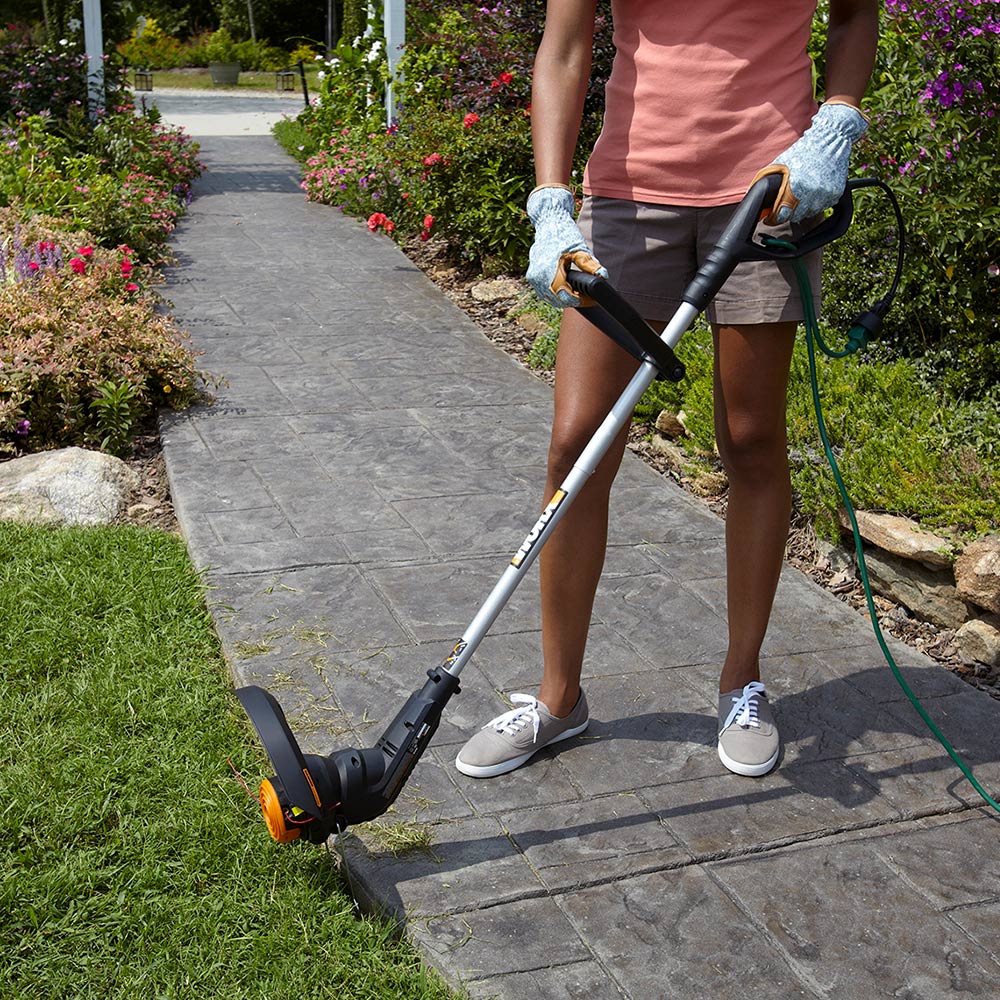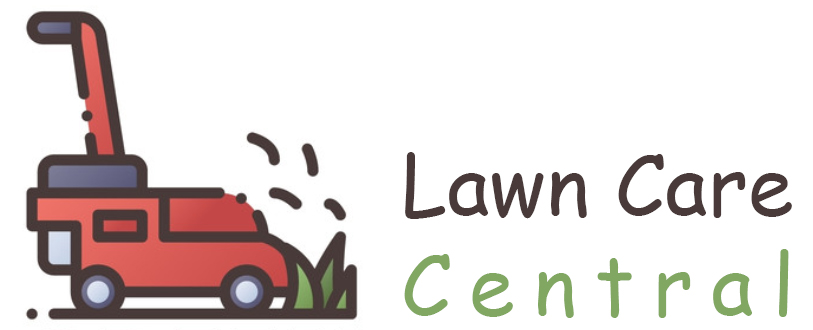If you’re like most homeowners, you have a weed wacker that you use to keep your lawn looking neat and tidy. But how do you use it properly? In this article, we will discuss how to use a weed wacker on your lawn so that you can get the best results possible. We’ll cover everything from how to choose the right type of weed wacker for your needs to how to safely operate it. So, whether you’re a beginner or an experienced user, read on for tips and advice that will help you get the most out of your weed wacker!

How to be using a Weed Wacker Like a Professional
A weed wacker, also known as a string trimmer, is a versatile tool that can be used for a variety of gardening tasks. While it is most commonly used to trim grass and weeds, it can also be used to edge sidewalks and driveways, as well as to remove small tree branches and leaves. When using a weed wacker, it is important to follow some basic safety guidelines.
To begin, always wear protective apparel, including gloves, long pants, and closed-toe shoes. Second, be sure to use the appropriate string size for the job at hand. Third, never put your hands near the spinning string. Lastly, be aware of your surroundings and be cautious of obstacles such as roots, stones, and glass. With these tips in mind, you will be able to use your weed wacker like a pro!
How to Use a Weed Whacker to Cut Grass
A weed whacker, also known as a string trimmer, is a power tool used to trim grass and weeds. It typically consists of a long shaft with a cutting head at one end, and a motor at the other. Weed whackers are available in gas and electric models, and they can be either handheld or walk-behind. When used correctly, they can make quick work of even the most overgrown lawn. Here are some tips on how to cut grass with a weed whacker:
- Start by selecting the right model for your needs. If you have a small lawn, a handheld weed whacker will suffice. For larger areas, you may need a walk-behind model.
- Choose the right cutting head for your weed whacker. The most common type is the nylon string trimmer head, which can be used for both grass and weeds. However, there are also metal blade heads available for tougher jobs.
- Prepare your weed whacker for use by adding fresh fuel (if using a gas model) and checking that the cutting head is securely attached.
- Start the motor and hold the weed whacker at a 45-degree angle to the ground. Begin cutting along the edge of the lawn, working your way back and forth until the entire area is trimmed.
- Be careful not to damage delicate plants or lawn features such as sprinkler heads while you are trimming. Also, be sure to keep an eye out for rocks or other objects that could damage the cutting head.
If you follow these tips, you should have no trouble using your weed whacker to achieve a well-manicured lawn.
How do you properly weed wack?
First, you need to identify the types of weeds in your garden. Common weeds include dandelions, crabgrass, and clover. Once you’ve identified the weeds, you can begin to remove them. The best way to remove weeds is to pull them up by the roots. However, this can be difficult if the roots are deep or if the plant is already established. In these cases, you may need to use a weed wacker. A weed wacker is a power tool that uses a spinning blade to cut through plants.
When using a weed wacker, be sure to wear protective gear and follow the manufacturer’s instructions carefully. Also, be sure to only cut the plants at ground level so that you don’t damage nearby flowers or vegetables. With a little patience and care, you can easily keep your garden free of weeds.
Also Read: How to Transport a Riding Lawn Mower Without a Trailer
How does one cut weeds effectively with a weed wacker?
A weed wacker, also known as a string trimmer, is a handheld gardening tool that uses a spinning line of nylon cord to cut through weeds and grass. It is a versatile tool that can be used to trim lawn edges, clear underbrush, and even remove light tree branches. When using a weed wacker, it is important to follow the manufacturer’s instructions and take care to avoid hitting rocks or other hard objects, as this can damage the machine. To cut weeds, simply position the trimmer head against the weed and move it back and forth until the weed is cut through. For best results, use a fresh line of cord and keep the trimmer head at a low angle to prevent the cord from breaking.
How do I edge my lawn with a weed wacker?
For those who take pride in their lawn, keeping the edges tidy is a must. However, it can be a challenge to get a clean, crisp edge without using a lot of time and effort. One tool that can make the job easier is a weed wacker. With a little practice, you can use a weed wacker to create a neat edge that will give your lawn a polished look.
To start, place the weed wacker against the edge of the lawn where you want to create a border. Gently guide the machine along the edge, being careful not to let the blades touch the grass. As you go, the weeds will be clipped and the ground will be dug up slightly, creating a defined border. When you reach the end of the area you want to edge, simply turn around and start again. With a little practice, you’ll be able to create clean, well-defined edges that will give your lawn a professional look.
How do you set up a weed wacker?
Before you can start using your weed wacker, you need to take a few minutes to set it up properly. Start by filling the trimmer head with line. Depending on your model, this may involve spooling the line onto the head or simply inserting a pre-wound spool. Once the head is full, screw it back onto the trimmer.
Next, add oil to the engine, following the manufacturer’s recommendations for your specific model. Finally, connect the power source and prime the engine according to the instructions in your owner’s manual. Once you’ve completed these steps, your weed wacker will be ready for use.
